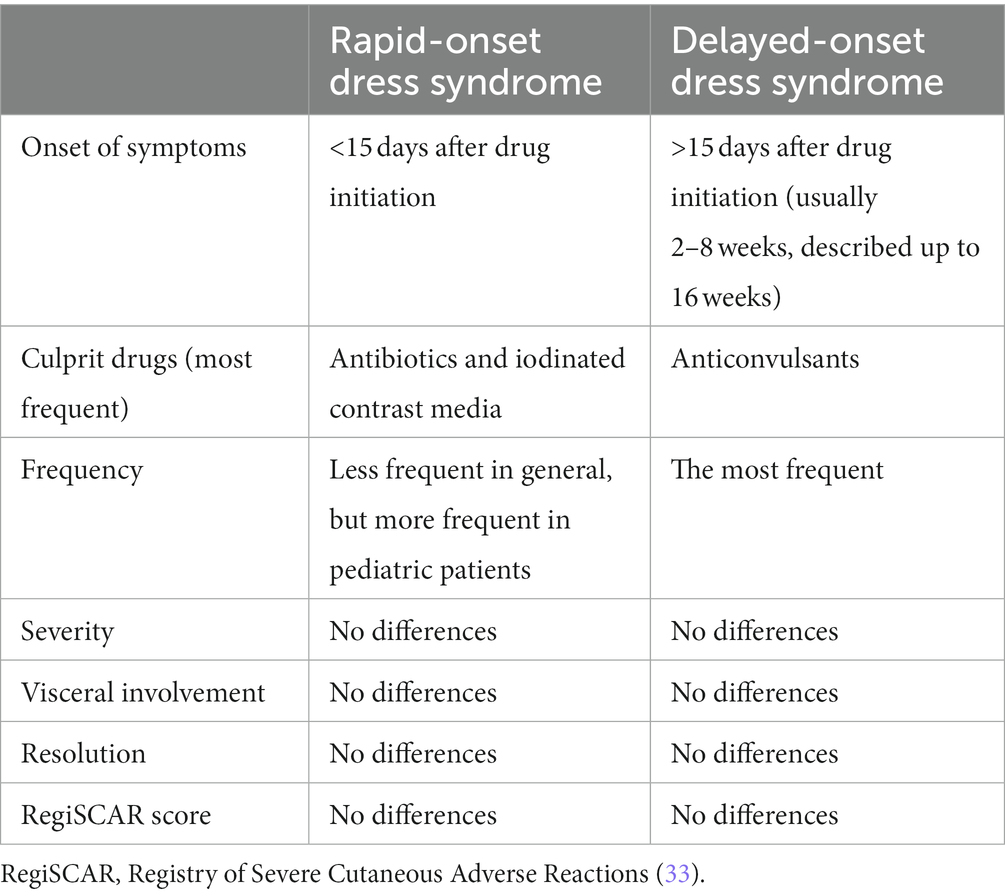Understanding the Phenomenon of Dress Syndrome
The allure of a well-curated wardrobe is undeniable, especially for women who find solace and expression through their clothing choices. The phenomenon, often referred to as dress syndrome, is a multifaceted concept that intertwines psychology, culture, and personal identity. It’s not merely about the clothes but the stories they tell and the emotions they evoke. As renowned fashion icon Coco Chanel once said, “Fashion is not something that exists in dresses only. Fashion is in the sky, in the street, fashion has to do with ideas, the way we live, the way we think; it is closely connected with our lives.” This quote encapsulates the essence of dress syndrome, highlighting its deep-rooted impact on our daily lives.

The Psychological Underpinnings of Dress Syndrome
Delving deeper, the psychological aspect of dress syndrome is fascinating. According to a study published in the Journal of Social Psychology, clothing can significantly influence one’s mood and self-perception. When women wear something they feel confident in, it can boost their self-esteem and mood, leading to a positive feedback loop. This psychological boost is not just anecdotal; it’s a scientifically-backed phenomenon that plays a crucial role in the way women interact with their wardrobes.

Cultural Influences on Dress Syndrome
Culture plays a significant role in shaping dress syndrome. Different societies and eras have distinct fashion norms that reflect their values and aesthetics. As observed by anthropologist Ruth Barcan, “Clothing is a form of communication that conveys information about who we are, where we come from, and what we believe in.” This cultural dialogue is evident in the way women choose their attire, often as a means to express their identity and affiliations within a social context.

The Role of Identity in Dress Syndrome
Personal identity is intrinsically linked to dress syndrome. The clothes we wear are an extension of our personality, a visual representation of our individuality. As fashion designer Vivienne Westwood noted, “Fashion is about dressing according to what’s fashionable. Style is more about being yourself.” This distinction is crucial in understanding the personal connection women have with their clothing, as it goes beyond trends and delves into the realm of self-expression.

Navigating the Complexities of Dress Syndrome
The complexities of dress syndrome are vast, encompassing not just personal preferences but also societal expectations and psychological needs. Women often find themselves navigating these complexities, striving to balance their desire for self-expression with the need to conform to societal norms. This journey is a testament to the power of clothing as a tool for communication and identity formation.

Conclusion: Embracing the Essence of Dress Syndrome
As we explore the intricacies of dress syndrome, it becomes clear that it’s more than just a fascination with clothes. It’s a reflection of our inner selves, a cultural dialogue, and a psychological phenomenon. Embracing the essence of dress syndrome means understanding the profound impact of clothing on our lives and leveraging it to express our unique identities.






